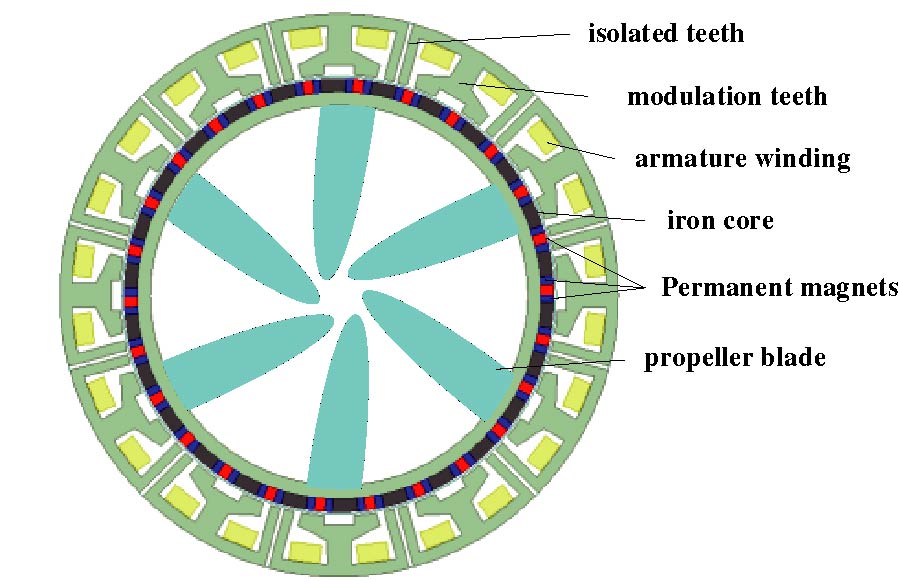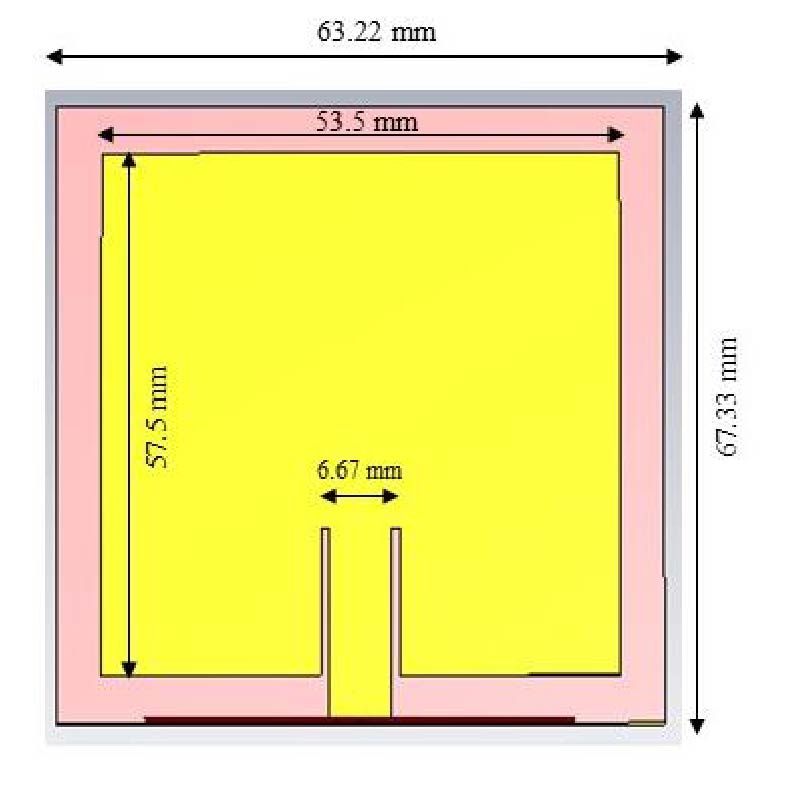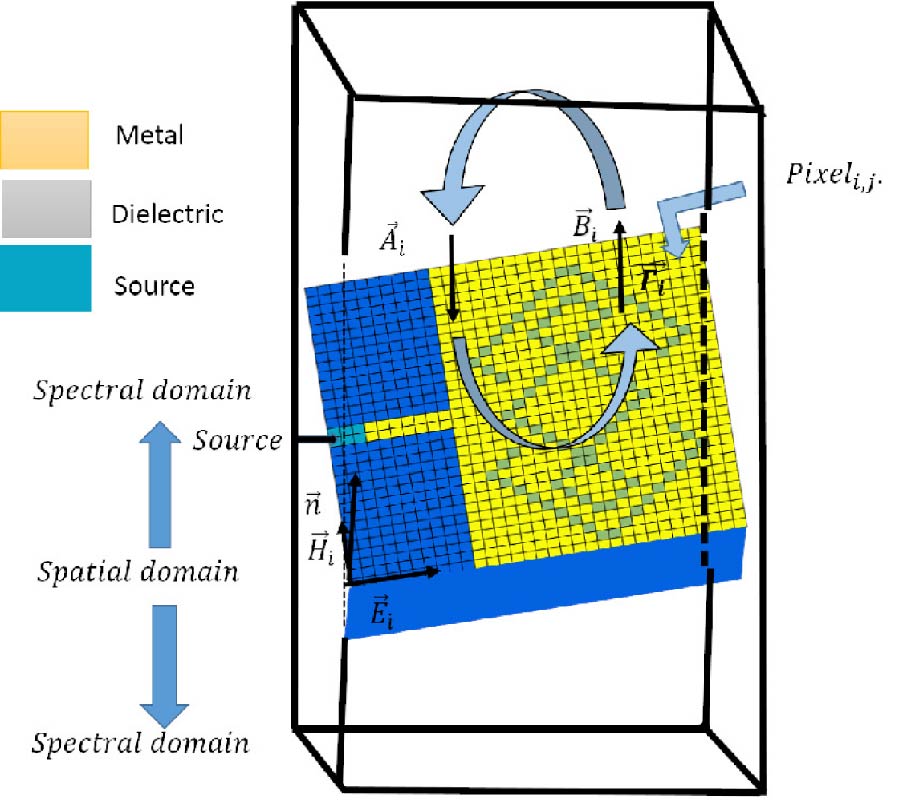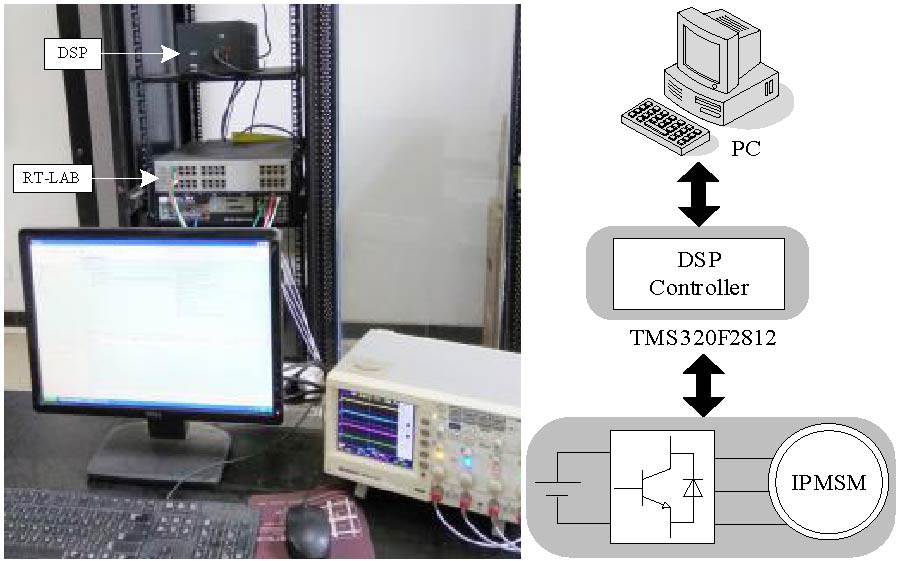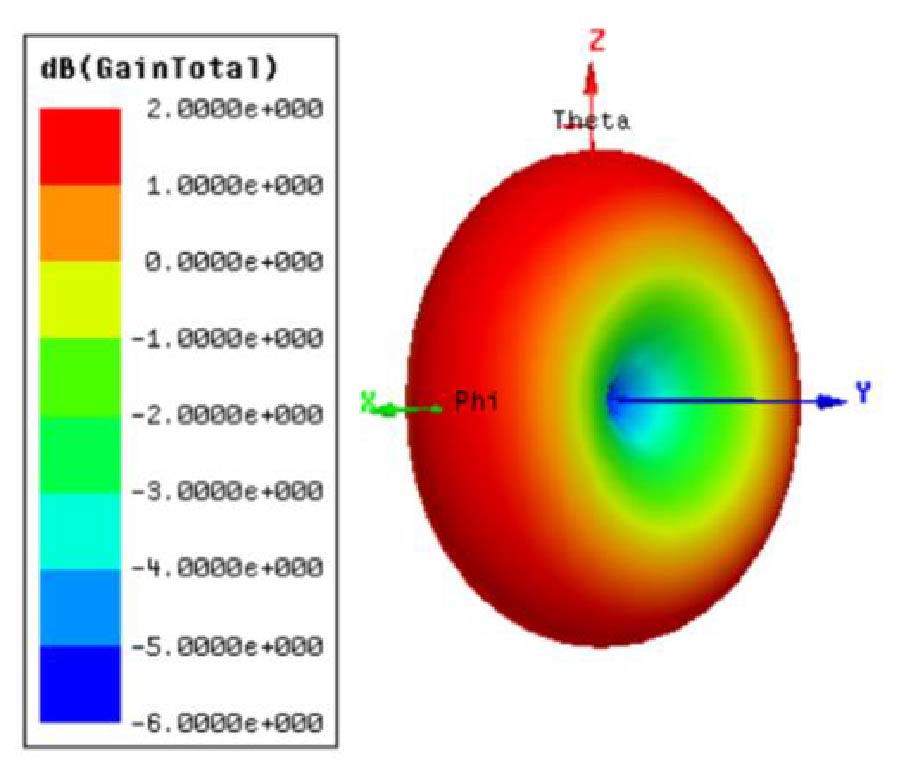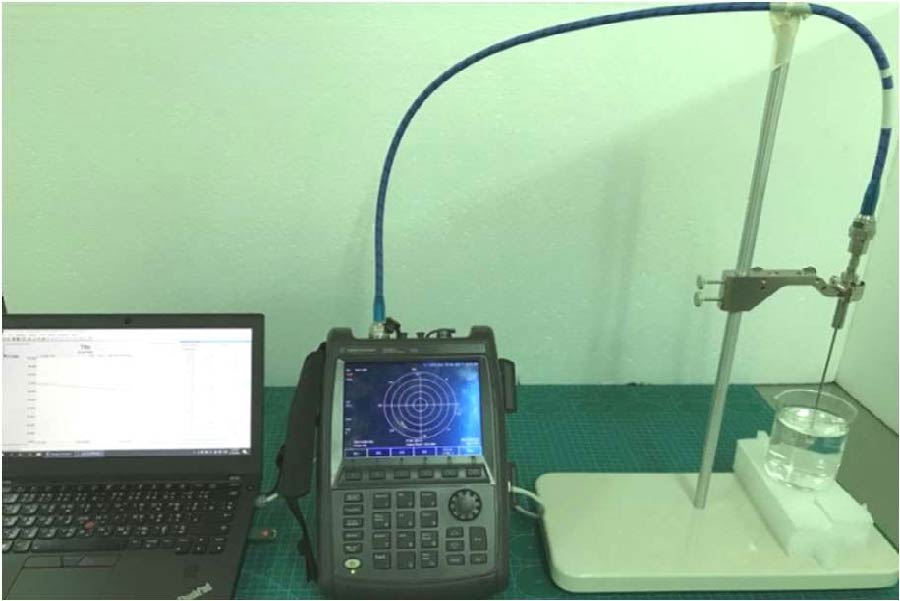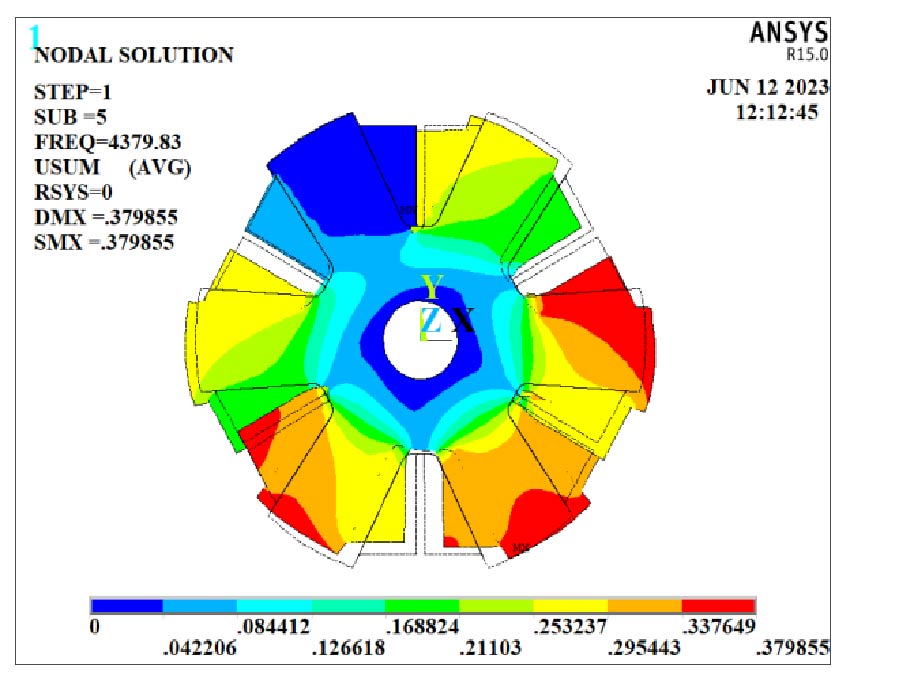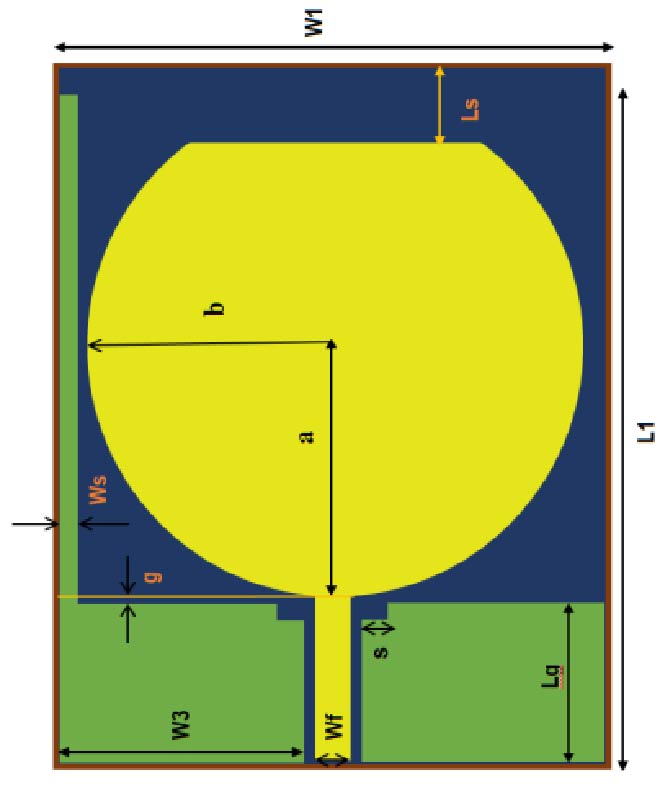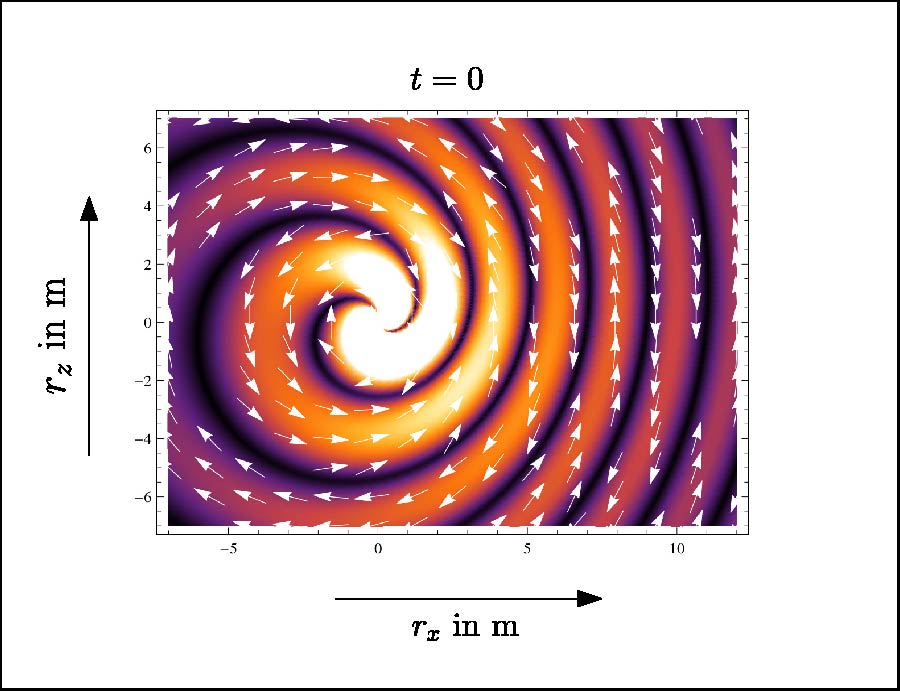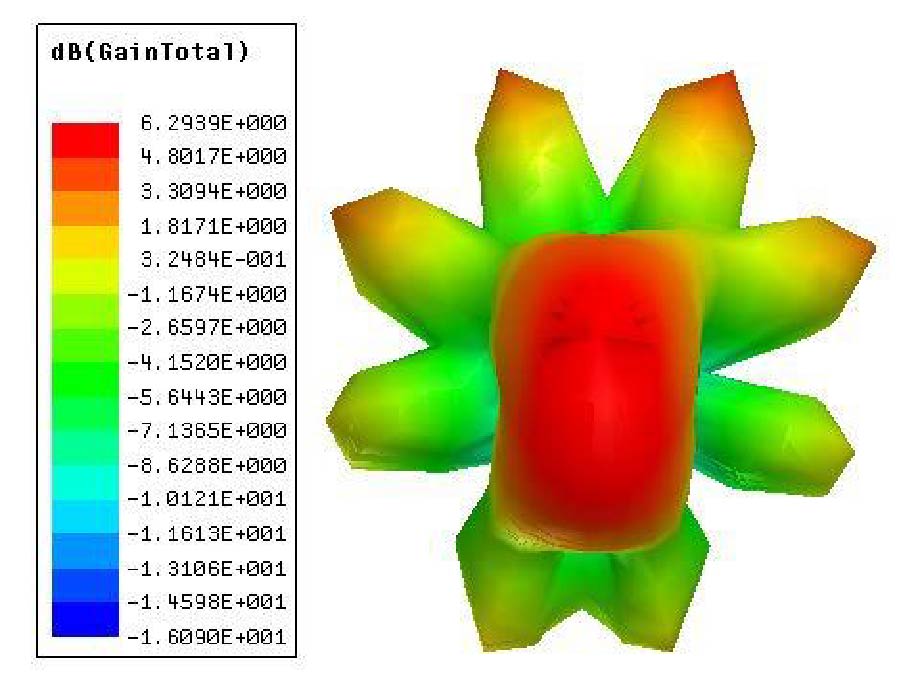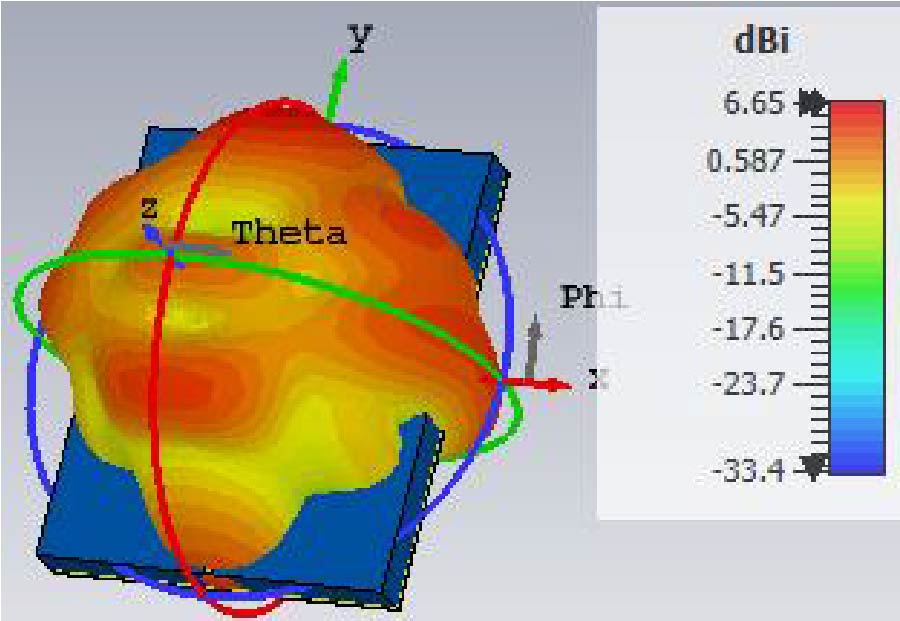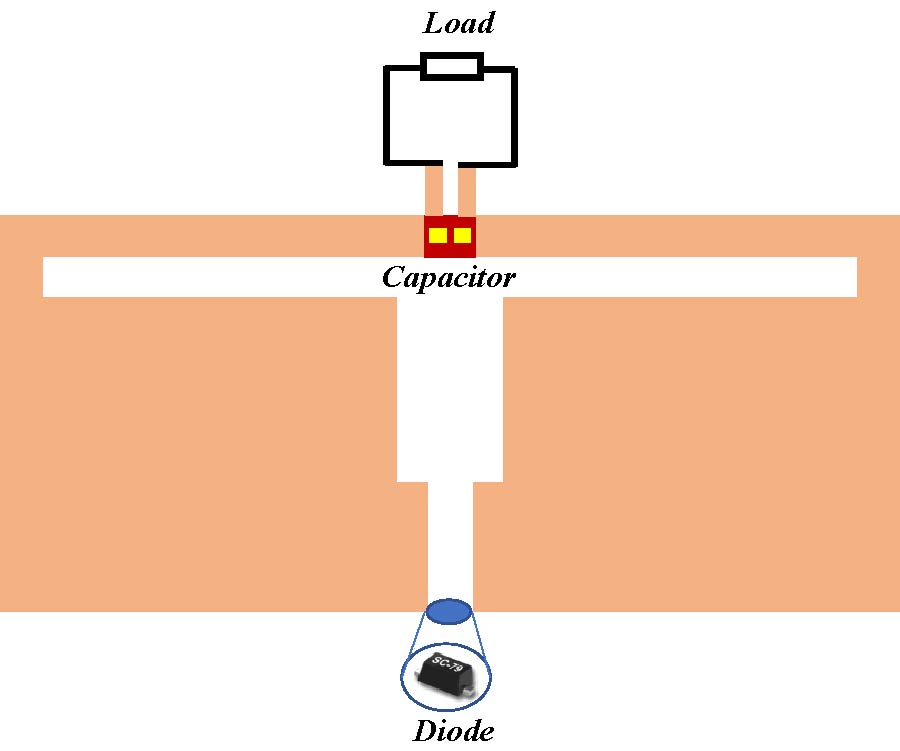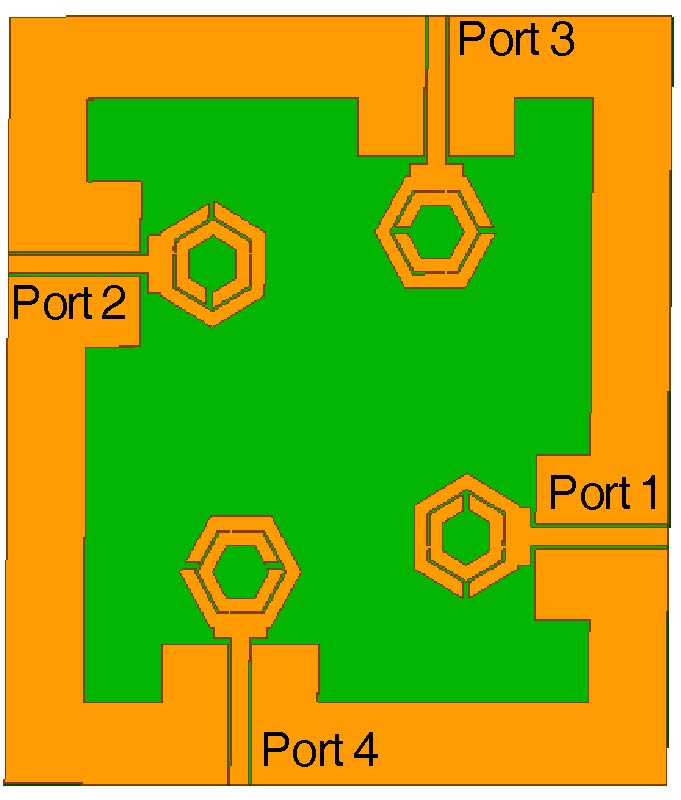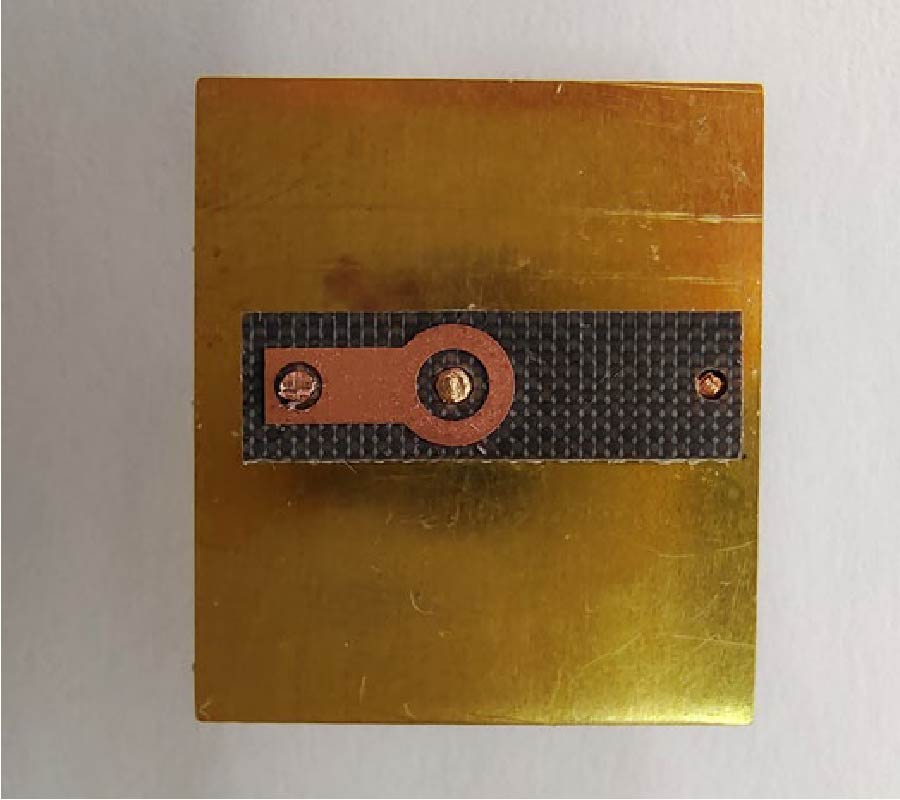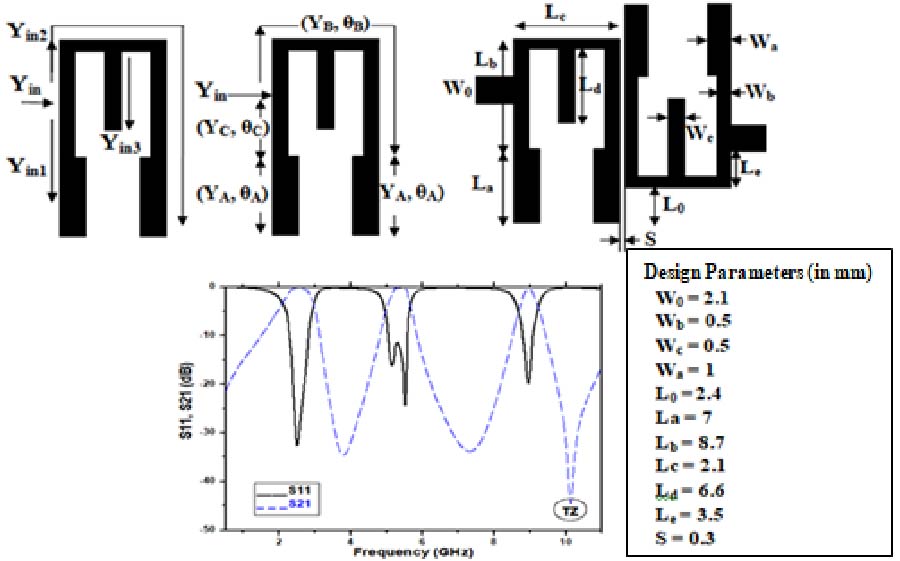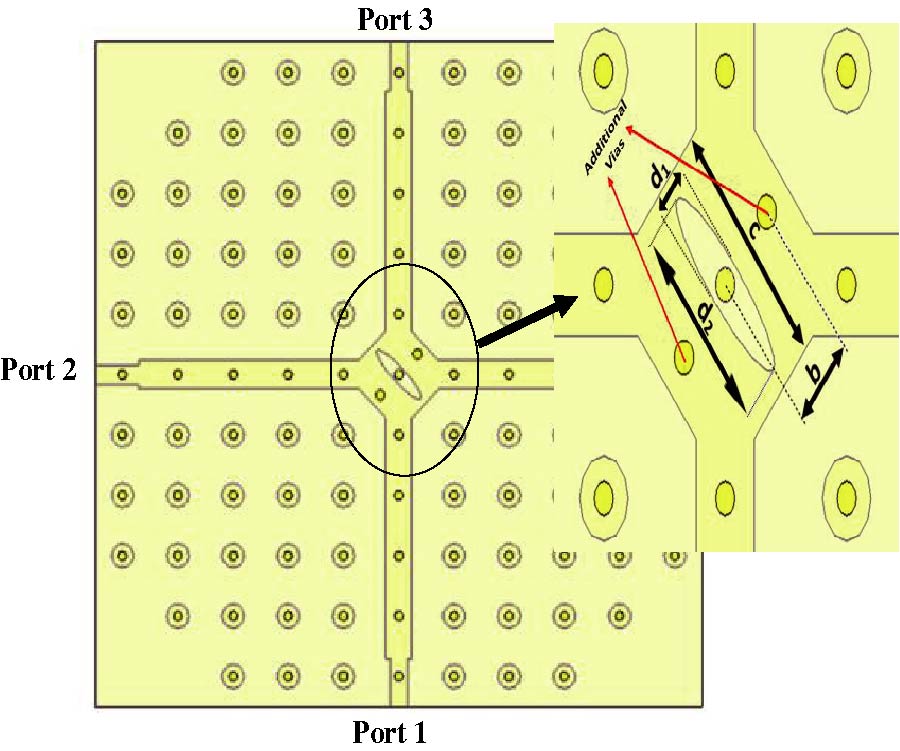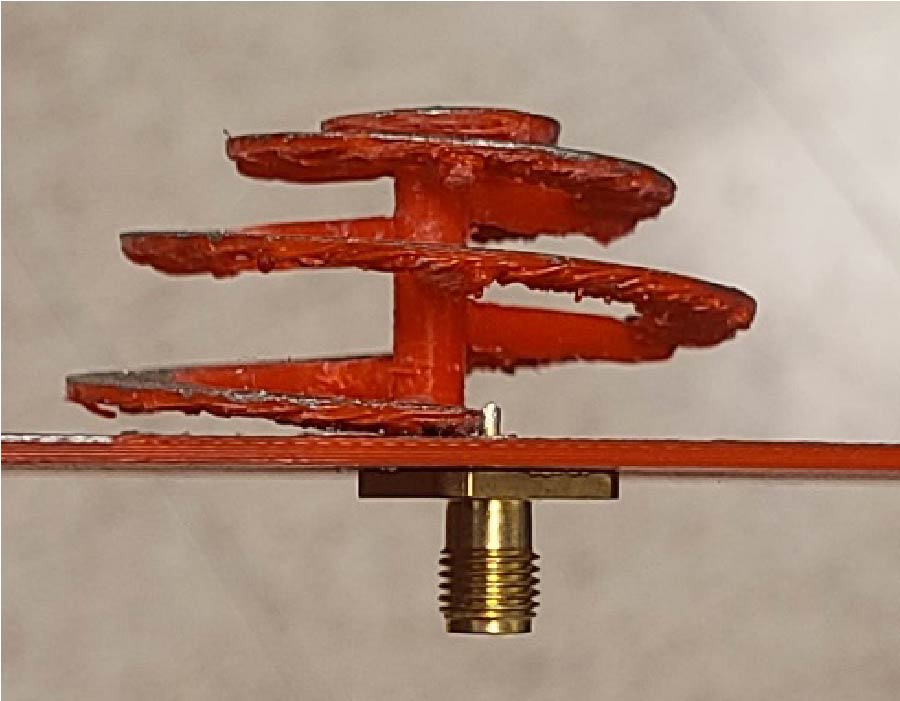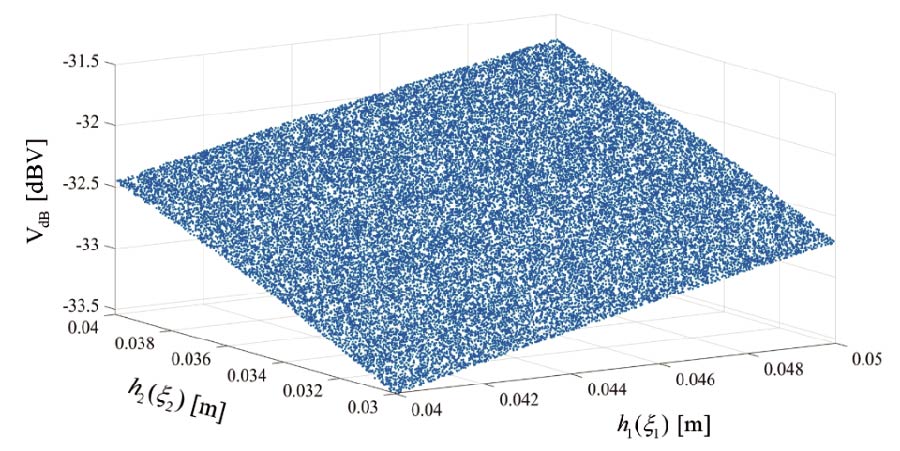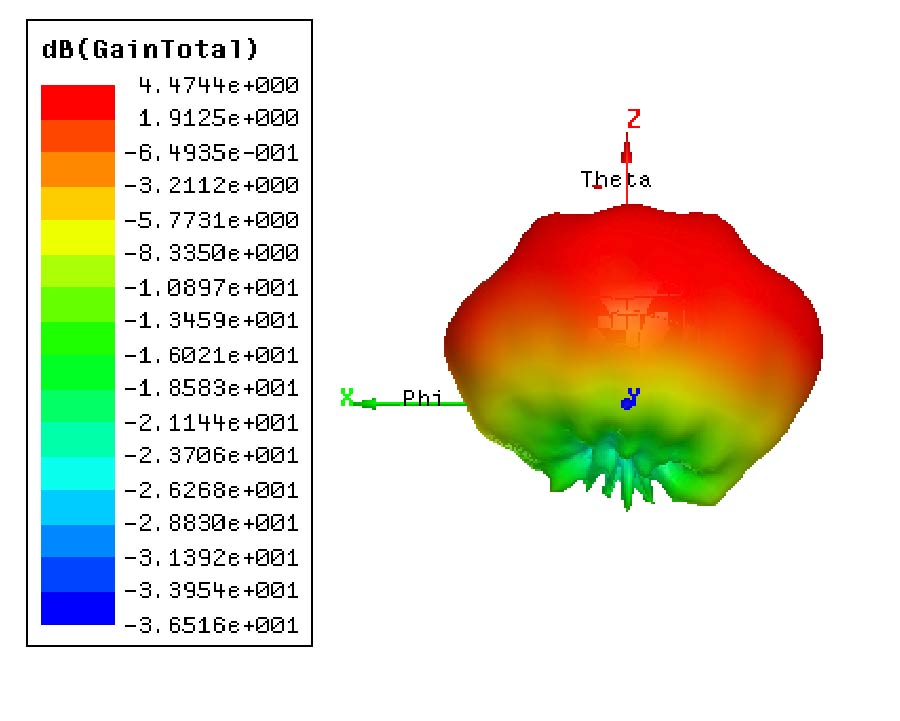Finite Element Analysis on Doubly Salient Singly Excited Machine for Electrified Transportation Systems
Prabhu Sundaramoorthy
,
Vijayakumar Arun
,
Balaji Mahadevan
,
Peruthambi Venkatesh
,
Puluru Venkata Aravindha Reddy
,
Sane Siva Mohan
,
Sareddy Raju Kumar Reddy
and
Somu Santhosh Kumar Reddy
Doubly Salient Singly Excited Machine (DSSEM) inbuilt with the features as high torque density, high speed density, compactness, low maintenance, but the machine reduces its application due to its demerits as torque ripple. This study enhances the performance of switched reluctance motor (SRM) in the track of electromagnetic and mechanical characteristics. A 290 Volts, 10 Amps, 3000 rpm, 4 N-m SRM undergoes finite element (FE) characterization in the view of parameters like torque ripple. In the regard of torque characterization, the ripple torque is estimated under rated condition. FE analysis gives accurate results by 2D analysis. Torque ripple is the main concern in electrical machines, because these two are responsible for producing harmonics, vibration, and noise. So, a novel machine is designed to reduce the torque ripple content. The losses are considered as heat generation as a source of temperature rise in a motor, and the heat distribution is analyzed. The experimental setup is arranged to evaluate the simulation results with the current profile of FE analysis and prototype for verification.
